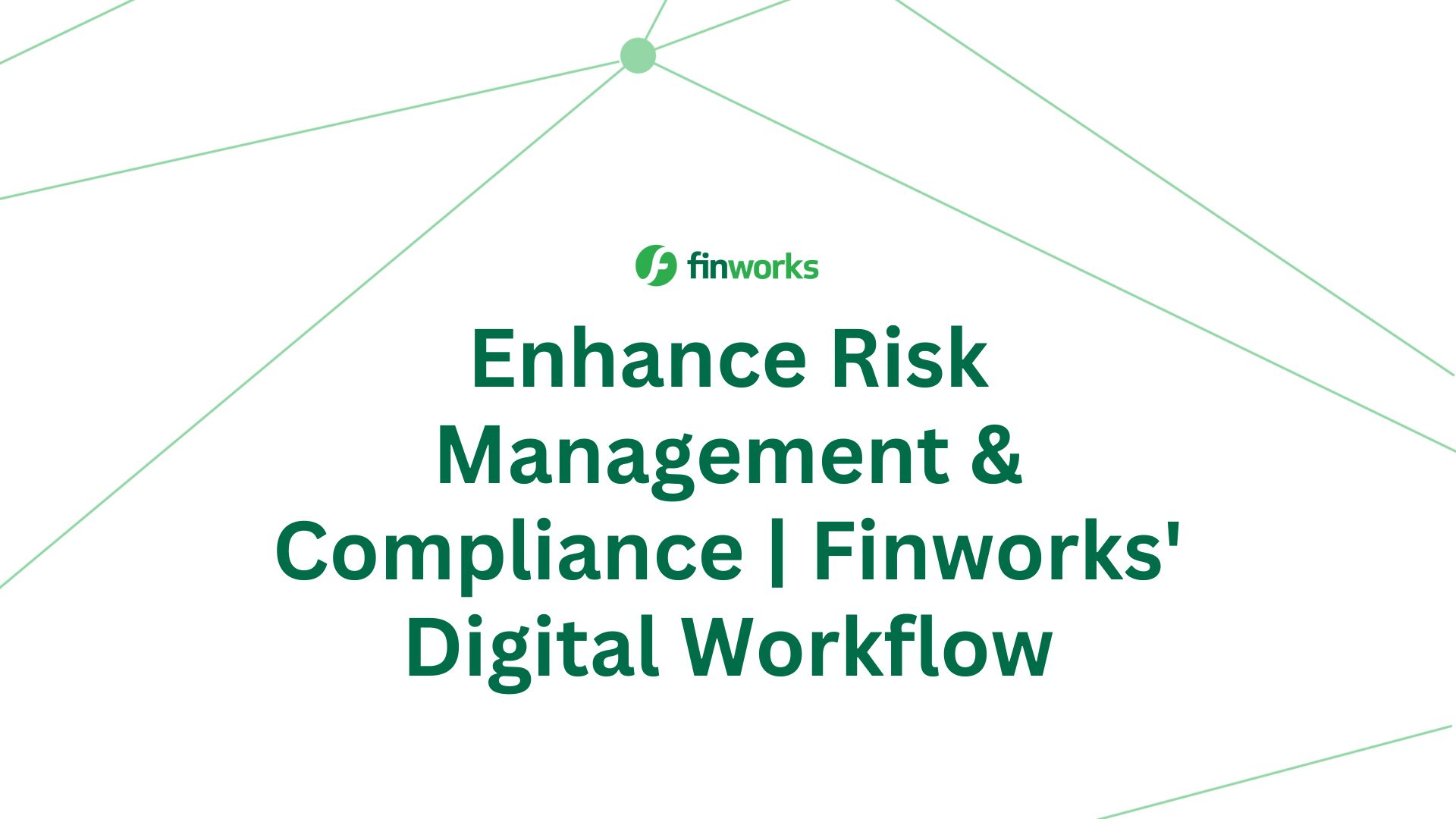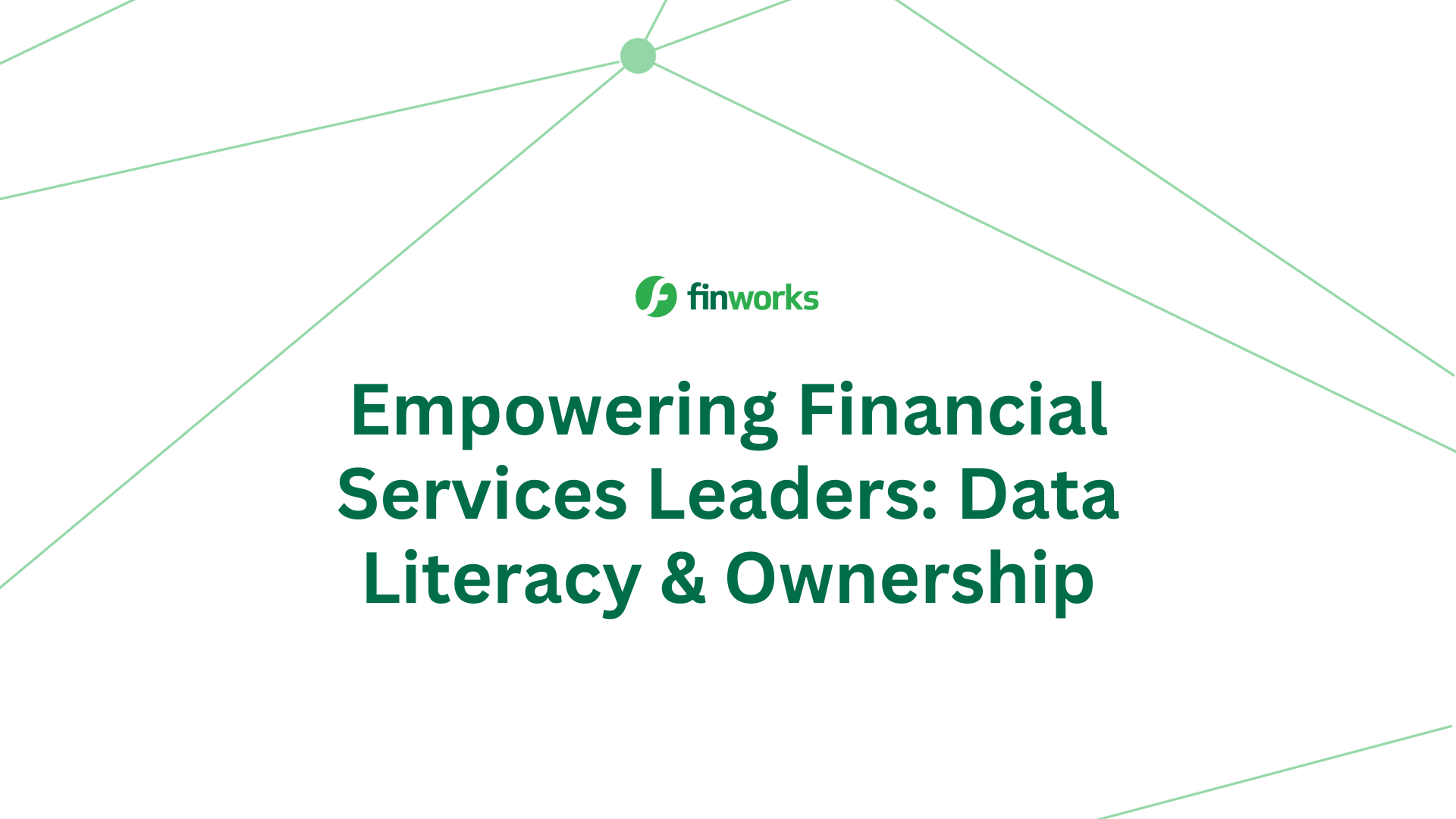Mitigating Risks and Ensuring Compliance: Why Digital Workflow is Essential
Staying compliant with regulations and minimising potential risks is paramount for any organisation’s success and reputation. Traditional manual workflows can be time-consuming, error-prone, and difficult to track, leading to inefficiencies and increased risk exposure. However, with the advent of digital workflow, companies can streamline their processes, enhance accuracy, and easily ensure governance and compliance.
This article will discuss the significance of digital workflow automation in mitigating risks and achieving compliance across various business areas.
How does Workflow Automation aid Compliance?
Workflow automation integrates technology into business processes to facilitate seamless, auditable, and compliant operations. Organisations can automate repetitive tasks, standardise procedures, and ensure adherence to regulatory requirements by employing a workflow platform. The automation process encompasses data capture, analysis, and real-time monitoring, allowing faster decision-making and better risk management.
Areas to Mitigate Risk with Workflow Automation
1. Data Capture
Workflow automation can significantly improve the efficiency and accuracy of data capture processes. It streamlines the flow of information within an organisation by automating repetitive tasks and ensuring that data is captured consistently and in a timely manner. Relying on manual data entry exposes companies to inaccuracies, delays, and potential data loss.
Implementing digital workflow automation in data capture enables employees to input information directly into digital forms, eliminating paper-based processes. Automation workflows can include validation rules and data verification checks to ensure that captured data is accurate and meets predefined criteria. Automated validation checks ensure data accuracy, minimising errors and reducing the risk of incorrect data influencing decision-making.
2. Stakeholder Information
Effective information sharing among internal and external stakeholders is crucial for the smooth functioning of any organisation. In industries where audits are standard, timely sharing of audit results and aligned information is of utmost importance to maintain compliance and mitigate risks.
In the past, traditional methods of information sharing, such as phone calls or passing papers between people, often led to discrepancies in stakeholders’ understanding of critical information. However, with workflow automation, businesses can ensure that all stakeholders receive up-to-date, aligned, and relevant information promptly.
3. Customer Service
In the customer-centric age, delivering exceptional customer service is paramount for business success. However, manual customer service processes can lead to delays, unresolved issues, and potential compliance violations. Digital workflow empowers businesses to streamline customer service operations by efficiently integrating communication channels, automating responses, and escalating critical queries. By providing prompt and efficient support, organisations can enhance customer satisfaction, reduce customer-related risks, and adhere to service-level requirements.
4. Finance
In finance, workflow automation offers significant benefits beyond cost reduction and control. One of the critical advantages is the ability to automate approvals and introduce business rules, which helps reduce risks associated with human error.
When it comes to approvals, a well-defined workflow can be established to manage transactions above a specified monetary value. For instance, any transaction exceeding a predetermined value may require secondary approval. This streamlined approach ensures that critical financial decisions are scrutinised appropriately, minimising the risk of improper or unauthorised transactions.
5. Compliance & Audit
In industries governed by strict regulations, ensuring compliance is of utmost importance. Introducing automated workflows brings tangible benefits for risk-averse organisations, especially those dealing with critical infrastructure. Workflow automation allows for efficient data collection, processing, and transmission, reducing the risk of missing deadlines. Additionally, workflow automation makes conducting audits on regular cycles with no room for error more manageable. Organisations can adhere to strict reporting schedules and minimise the chances of penalties or regulatory violations by automating these processes.
What are the Benefits of a Workflow Platform?
Implementing workflow automation can revolutionise an organisation’s approach to handling the constantly evolving compliance landscape. This transformative technology brings about a multitude of advantages, providing the organisation with a diverse array of governance benefits:
1. Streamlining Compliance Processes
Enhanced Efficiency and Reduced Errors
Automation eliminates repetitive tasks, increasing overall efficiency and fewer mistakes in compliance processes. This is especially crucial for financial service companies handling numerous compliance-related transactions daily.
Improved Collaboration and Communication
Effective communication and coordination across departments and stakeholders are required for effective compliance management. Workflow automation breaks down silos and ensures everyone is informed of their responsibilities and has access to necessary information for compliance tasks. Automated notifications for tasks and deadlines help keep the process on track.
2. Comprehensive Compliance Management
Interoperability with Existing Systems
One of the most fundamental benefits of workflow automation is its ability to interface with an organisation’s current systems and applications. Integrating seamlessly means that documentation is maintained automatically in a compliant and audit-ready manner, reducing the need for human data input.
Real-time Monitoring and Reporting
Workflow automation enables organisations to monitor and report in real-time. This enables continual evaluation of the compliance programme’s uptake and efficacy. Real-time data guarantees stakeholders have the most up-to-date information about their organisation’s compliance status, in dashboards or reports, allowing them to make informed decisions and respond quickly to compliance enquiries or audits.
3. Empowering Organisations with Data
Data-informed Decision Making
Workflow automation provides analytical tools to organisations, giving them vital insights into compliance performance. These insights may be divided into various reporting dimensions, such as team-level compliance, organisation-wide compliance, or performance metrics centred on a single activity or stage in the compliance process.
Risk Mitigation
Workflow automation allows organisations to easily define and configure conditions to proactively identify potential risks and areas of non-compliance. By setting up these notifications, organisations can address potential issues before they escalate into significant problems. These risk alerts can be defined at the process, team, or even at the individual step levels in the compliance process.
4. Enhancing Compliance Training and Education
Customised Training Programmes
Workflow automation empowers organisations to create compliance training programmes that address the unique roles of their employees. These tailored programs ensure that all team members receive training that aligns precisely with the organisation’s compliance standards, equipping them with the necessary knowledge and skills to maintain adherence to regulatory requirements and foster a strong culture of compliance.
Tracking and Assessing Training Progress
In addition to offering personalised training programmes, business leaders can monitor and analyse employee progress throughout their training journey. This allows firms to identify areas where further assistance or resources may be necessary and ensures that all employees receive effective and comprehensive compliance training, leading to a better-informed and compliant workforce.
Mitigate Risks and Ensure Compliance with Finworks Digital Workflow
Integrating workflow automation is an ongoing journey that demands time and commitment at the outset. However, on the positive side, it offers infinite flexibility, enabling you to reshape and enhance your processes continuously.
Incorporating Finworks’ Digital Workflow enables effective risk mitigation and ensures robust compliance measures. This cutting-edge solution offers a comprehensive approach to standardise organisational processes to address potential risks while adhering to regulatory requirements.
Start streamlining your processes and ensuring top-notch compliance today. Click here to explore the digital transformational possibilities with Finworks.




